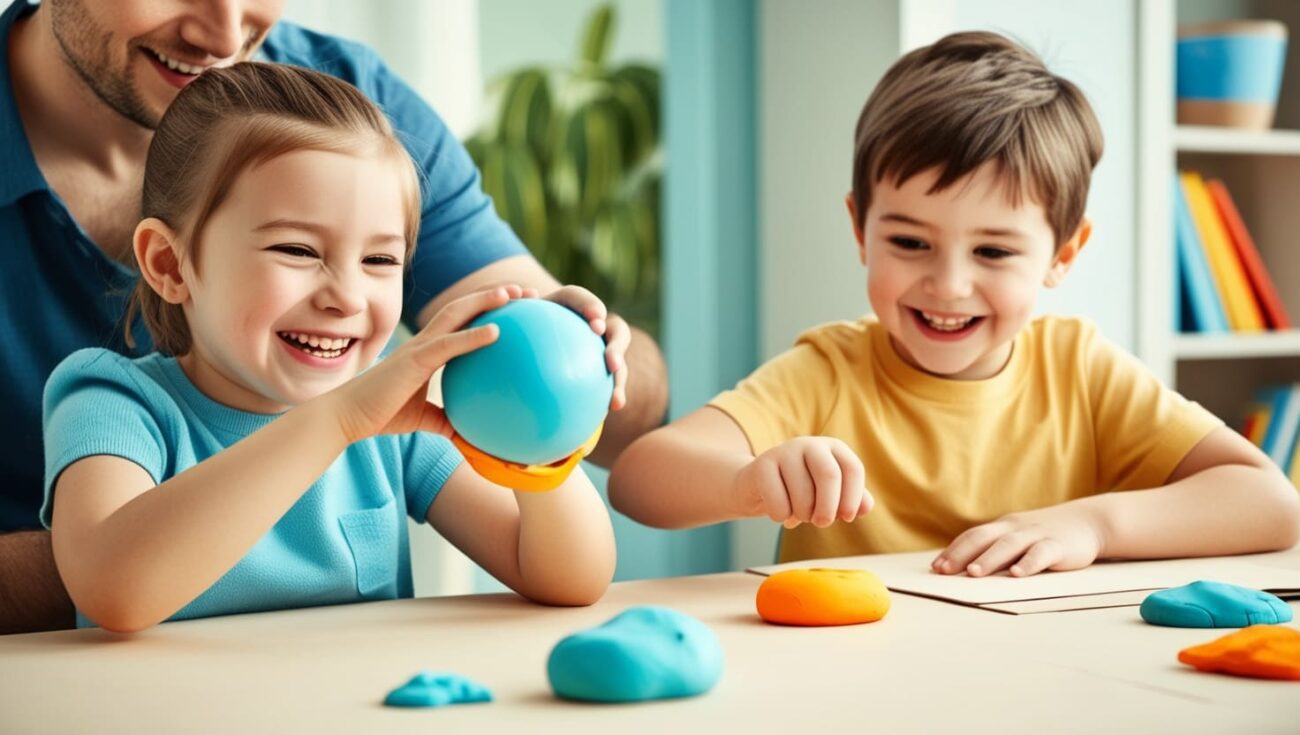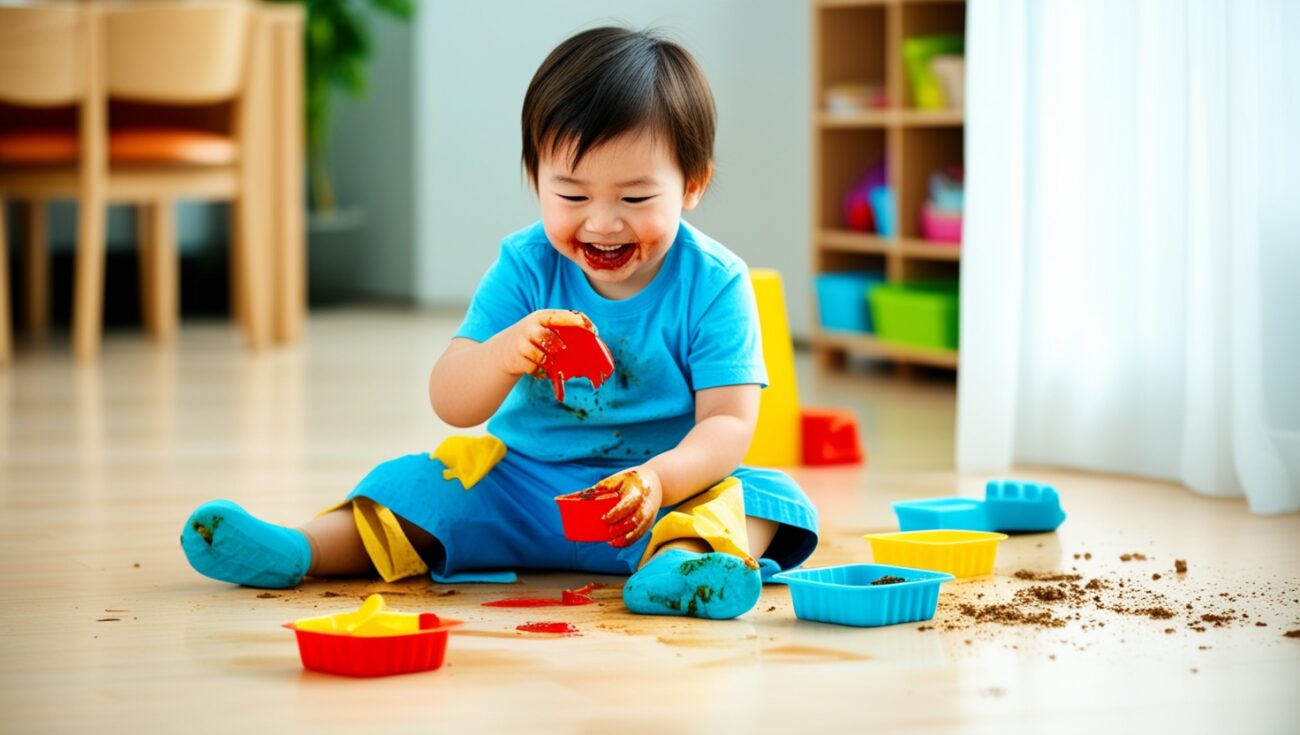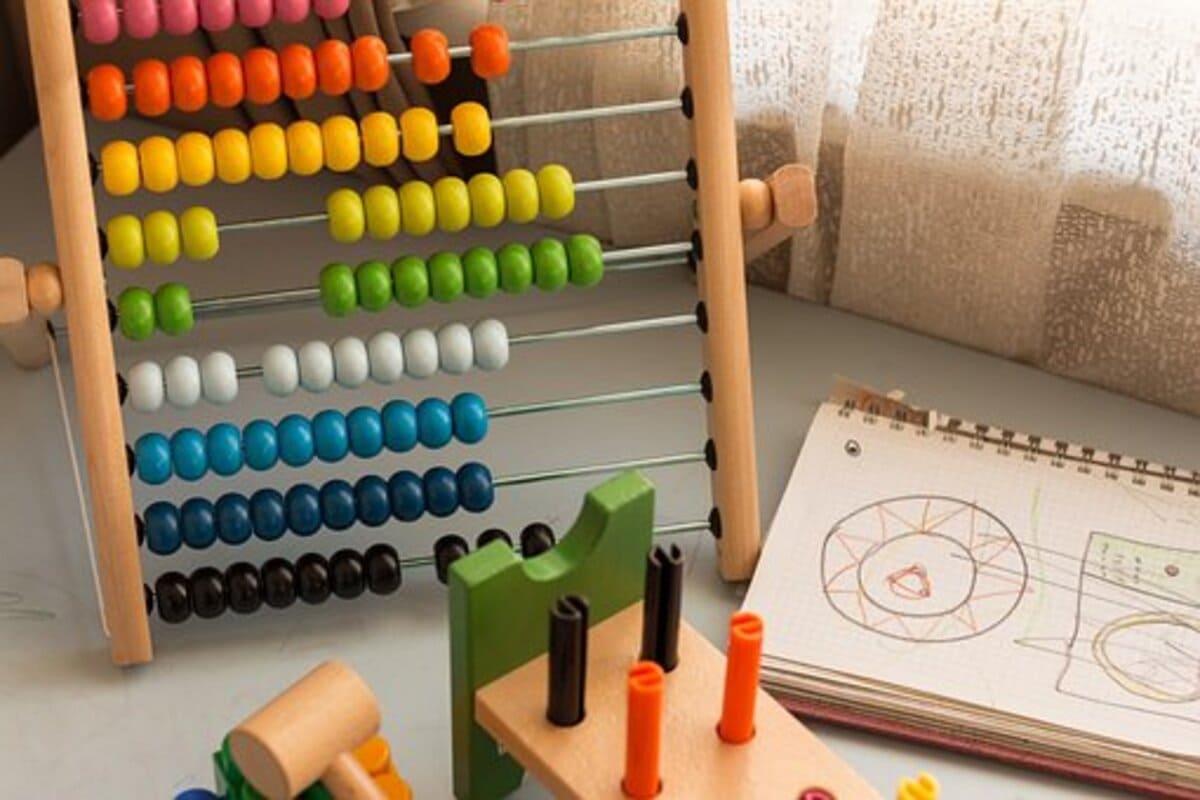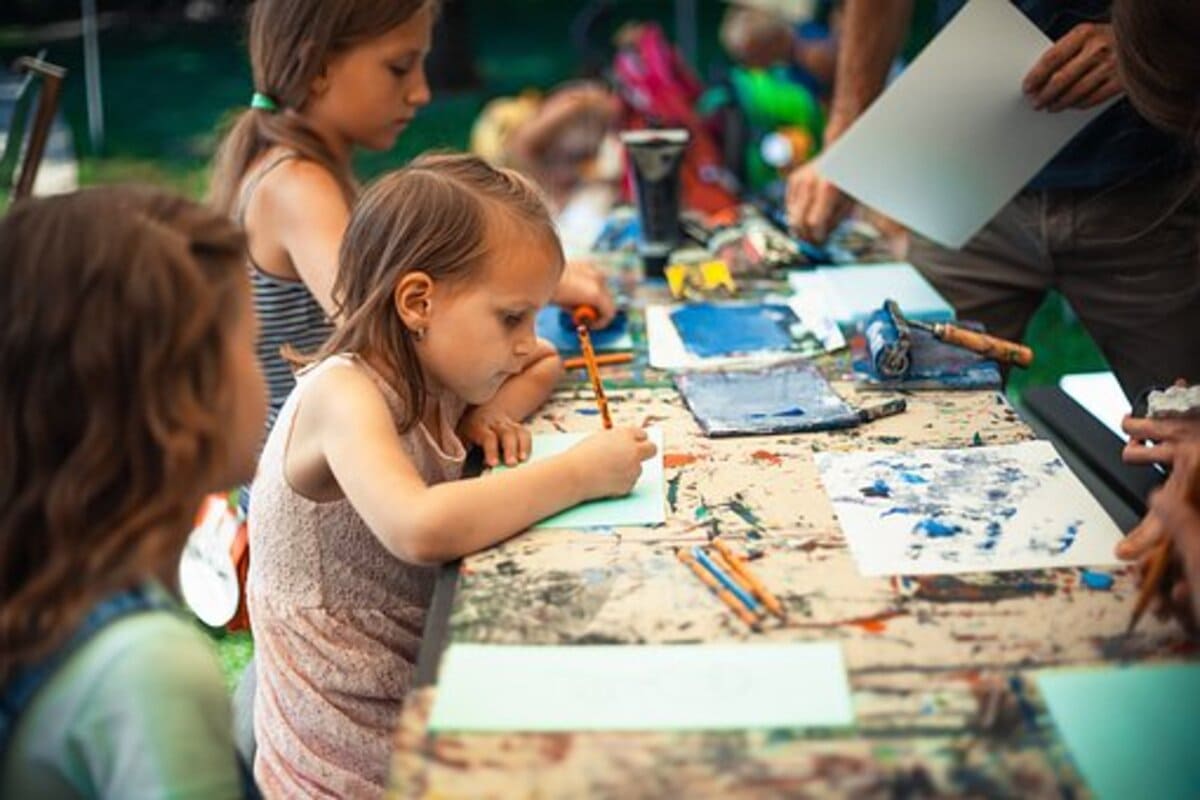المدونة
كيفية دمج التمارين الحركية في الروتين اليومي لطفلك

هل تبحثين عن طرق لمساعدة طفلك على البقاء نشيطًا وتطوير مهاراته الحركية طوال اليوم؟ تُعدّ الأنشطة البدنية جزءًا أساسيًا من النمو، والتطور، والصحة العامة للطفل. فهي لا تُعزز القوة والتنسيق فحسب، بل تُحسّن أيضًا التركيز والمزاج.
في مقال اليوم، سنقدّم لك طرقًا بسيطة وممتعة لدمج التمارين الحركية في روتين طفلك اليومي — دون الحاجة إلى وقت إضافي أو معدات خاصة. سواء كان وقت لعب، أو دراسة، أو حتى إنجاز المهام المنزلية، هناك دائمًا طرق سهلة لإدخال بعض الحركة وتقوية عضلات طفلك، وتوازنه، وتنسيقه الحركي. هيا نبدأ!
النصيحة رقم ١: اجعل الروتين الصباحي نشيطًا
بدء اليوم ببعض الحركة النشطة يمكن أن يمنح طفلك طاقة إيجابية ويُهيّئه ليوم مليء بالنشاط. ولا يجب أن تكون روتينات الصباح مملة — بل يمكن أن تكون ممتعة وتحفّز الجسم.
أنشطة يمكنك تجربتها:
- التمدد أو اليوغا: شجّعي طفلك على بدء يومه ببعض تمارين التمدد أو أوضاع اليوغا البسيطة. وضعيات مثل "الكلب المتجه للأسفل" أو "وضعية الطفل" تساعد على تحسين المرونة وتقوية العضلات. وهي طريقة هادئة وفعالة لتنشيط الجسم.
- نط الحبل أو المشي في المكان: أضيفي بضع حركات من نط الحبل أو المشي في المكان لتحريك العضلات وتنشيط الدورة الدموية قبل الإفطار.
- الرقص على أغنية مفضلة: شغّلي أغنية مفعمة بالطاقة ودعي طفلك يرقص لبضع دقائق في غرفة المعيشة. الرقص وسيلة رائعة لتحسين التنسيق والمرونة بطريقة ممتعة.
النصيحة رقم ٢: أدرج أنشطة بدنية أثناء اللعب
وقت اللعب فرصة طبيعية لدمج التمارين الحركية دون الشعور بأنه مجرد تمرين روتيني. عندما يستمتع الأطفال، لا يدركون أنهم يطورون مهاراتهم الحركية!
أنشطة يمكنك تجربتها:
- مسارات العوائق: أنشئ مسارًا بسيطًا للعوائق باستخدام الوسائد أو الألعاب أو الأدوات المنزلية ليتسلقه طفلك أو يزحف تحته أو يقفز فوقه. هذا يُساعد على التوازن والتنسيق والقوة.
- الألعاب النشطة مثل الغميضة: تشجع الألعاب مثل الغميضة أو الوسم على الجري والقفز والحركات السريعة، كل ذلك مع تطوير المهارات الحركية.
- الرمي والإمساك: يساعد رمي الكرة (أو حتى البالون) والإمساك بها على تحسين التنسيق بين اليد والعين والمهارات الحركية الدقيقة.
النصيحة رقم ٣: أدرج تمارين حركية أثناء الأعمال المنزلية
يمكن أن تكون الأعمال المنزلية أكثر من مجرد التنظيف، بل إنها فرصة رائعة لتحريك طفلك وتعزيز مهاراته الحركية!
أنشطة يمكنك تجربتها:
- الكنس أو المسح: دعي طفلكِ يساعد في الأعمال المنزلية الخفيفة، مثل الكنس أو المسح. هذه الأنشطة تُنمي قوة الذراعين، والتنسيق الحركي، وحركة الجسم بشكل عام.
- حمل البقالة أو الغسيل: إذا كانت المهمة سهلة، فدع طفلك يحمل أغراضًا خفيفة الوزن أو يساعده في طيّ الغسيل. هذا يُساعد على تقوية قبضته وتنسيق حركته.
- الفرز والتنظيم: قم بتنظيم الألعاب أو الكتب معًا، مما يشجع على الرفع والتكديس - وهي مهام بسيطة تساعد على تنسيق اليد والعين وقوة العضلات.
النصيحة رقم ٤: امشِ وتحرك طوال اليوم
لا يقتصر النشاط البدني على أوقات محددة من اليوم، بل أدمج الحركة في مختلف الأنشطة اليومية. هذا يُبقي طفلك نشيطًا، حتى أثناء المهام الروتينية.
أنشطة يمكنك تجربتها:
- امشِ أو اركب الدراجة لقضاء مشاويرك: إن أمكن، امشِ أو اركب الدراجة لقضاء مشاويرك القريبة، كالذهاب إلى المتجر أو زيارة الحديقة. تُساعد هذه الأنشطة على تقوية الساقين، وتحسين القدرة على التحمل، وتقليل وقت استخدام الشاشات.
- المشي إلى المدرسة أو الحديقة: إذا كان ذلك آمنًا، امشِ أو اركب الدراجة إلى المدرسة أو الحديقة بدلًا من القيادة. هذا يُعزز القدرة على التحمل ويُحافظ على نشاط طفلك، كما يُعزز استنشاق الهواء النقي والتفاعل الاجتماعي.
- فترات راحة نشطة أثناء استخدام الشاشات: اضبط مؤقتًا لفترات الراحة النشطة كل ٢٠ دقيقة عند استخدام طفلك للشاشات. شجعه على القفز في مكانه، أو أداء تمرين القرفصاء، أو المشي.
النصيحة رقم ٥: اجعل روتين وقت النوم نشيطًا
حتى قبل النوم، يمكن للأنشطة الصغيرة أن تساعد طفلك على الاسترخاء مع استمراره في استخدام عضلاته. تساعد الحركات اللطيفة على استرخاء جسمه وتهيئته لنوم هانئ.
أنشطة يمكنك تجربتها:
- حركات تمدد أو استرخاء لطيفة: مارس بعض حركات التمدد أو الاسترخاء اللطيفة، مثل "ارفع رأسك نحو النجوم" أو "المس أصابع قدميك" قبل النوم. هذا يساعد على استرخاء العضلات بعد يوم شاق.
- حركات الحيوانات: دع طفلك يتحرك كالحيوانات المختلفة: يقفز كالضفدع، أو يزحف كالأفعى، أو يتمايل كالبطريق. هذا يبني القوة والمرونة بطريقة مرحة.
- تمارين التنفس: اجمع بين تمارين التمدد اللطيفة وتمارين التنفس لتهدئة الجسم استعدادًا للنوم. التنفس العميق يُرخي الجسم ويُهيئ طفلك للنوم.
دمج التمارين الحركية في روتين طفلك اليومي لا يتطلب وقتًا إضافيًا أو معدات خاصة. من خلال تضمين الحركة الجسدية أثناء الأنشطة اليومية، مثل الأعمال المنزلية، ووقت اللعب، وحتى روتين الصباح أو وقت النوم، يمكنك مساعدة طفلك على تطوير عضلات أقوى، وتنسيق أفضل، وتحسين صحته العامة، كل ذلك مع الاستمتاع بوقته.
ابدأ بتغييرات صغيرة اليوم ولاحظ الفرق الذي ستُحدثه في نمو طفلك البدني. كلما جعلت الحركة جزءًا طبيعيًا من يومه، زادت قوته وثقته بنفسه.






















